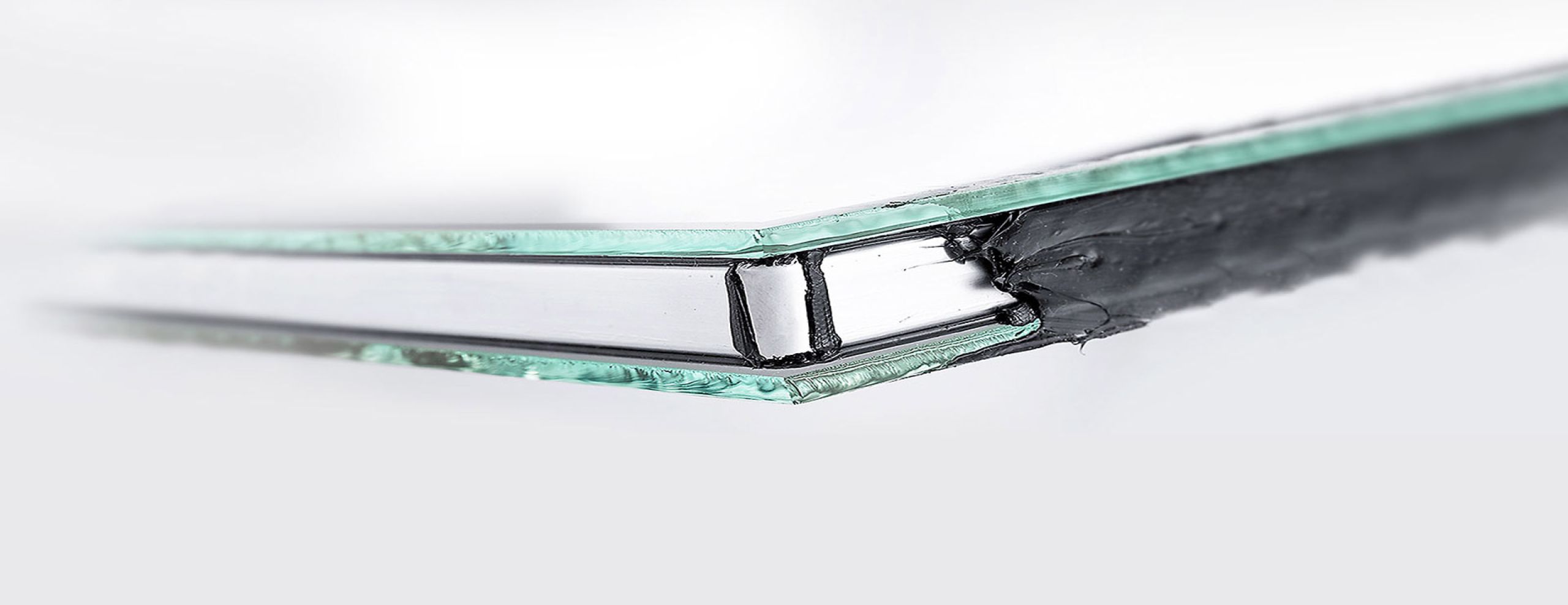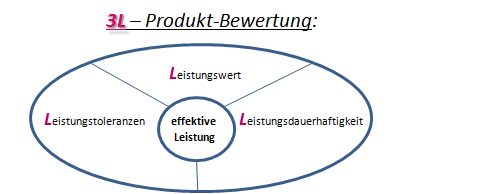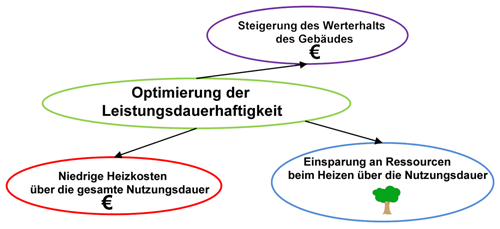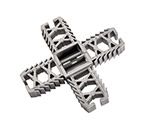
The change to effective performance
Optimization of the life cycle:
3L product evaluation
3L product evaluation
For every purchaser of building products, two factors have always taken center stage. What performance value is specified and at what price? One would think that the cheapest product is the best solution as long as the performance values are identical. Is this actually true?
What happens if the power value specifications are the same, but the actual power tolerances or power durations are extremely different? Which product is actually the best or most cost-effective solution? But how will it ever be possible to judge this if the performance tolerances and performance durability are not specified for the various products? The answer is simple: it is not possible. Whether the decision based on the assessment of the performance value and price factors was sensible remains open as long as there is a lack of transparency and incompleteness with regard to the actual performance or effective performance. In order to offer the buyer the opportunity to make a decision as to whether he wants a solution that is cheaper in the short term or one that is optimized for the life cycle, the specification of the effective performance will be the decisive prerequisite. Only this effective performance shows the customer the actual relevant performance of the product in practice and without the indication of the performance tolerances and the performance durability, this effective performance remains hidden. With the introduction of the 3L product evaluation, the buyer or customer is offered the opportunity to determine the optimum construction products for him through the transparency created.

Performance value:
The stated performance value of the construction product is either measured or calculated theoretically. This value may differ to a greater or lesser extent from the actual performance of the purchased building product. As the respective performance tolerance is not specified, the actual level of the performance value cannot be estimated and therefore hinders the comparison of construction products with identical performance values.
Performance tolerance:
Every building product is subject to fluctuations in the production process. If the performance is not measured directly on all manufactured products, the actual performance of each product is unknown, which means that the specified performance value is based on an estimate. In the worst case, however, performance fluctuations can be so high that a product with a lower performance value nevertheless has a higher actual performance value than a product with a higher performance value, but which is characterized by a high negative performance fluctuation. Without the specification of tolerances on the performance values, it is not possible to estimate the actual performance values in practice. The devastating consequence of the lack of tolerance information is that quality assurance and process reliability in production lose their significance and importance, meaning that those productions with the greatest performance fluctuations benefit. The negative consequences of this are to the detriment of customers and fair competition.
Service life:
Building products differ from consumer goods particularly in terms of their service life. Buildings are certainly not replaced every two years. If you look at the useful life of building products, 30 or 50 years is not uncommon. This fact illustrates how crucial the performance durability of a building product is. The specification of the service life would play a major role for the buyer when deciding on a construction product. Unfortunately, to the detriment of the customer, only the performance value of the construction product is stated and all information regarding durability remains hidden, although it is precisely the size of the service life of construction products that creates high added value.
Low heating costs should not only be achieved in the first year, but should be optimized over the entire life cycle. Optimizing the durability of performance means not only lower heating costs for the building owner, but also an automatic increase in the value retention of the building. In addition, benefits are also created for the environment through the optimum saving of resources as a result of the lower heating requirement over the entire service life. The S&T self-sealing connecting elements are an innovative corner solution for insulating glass units, which has the optimization of performance durability as one of its central elements.


